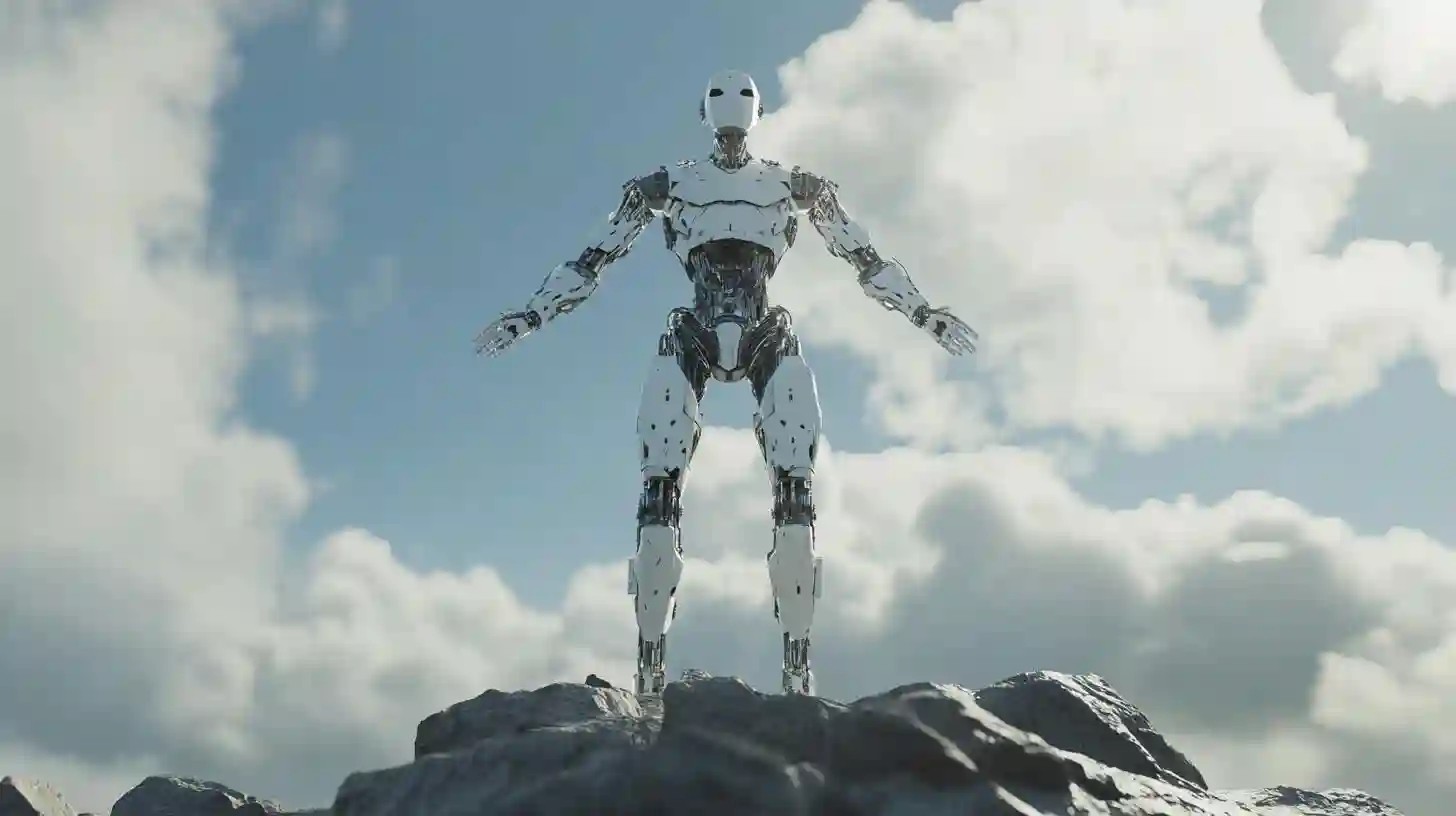
**Reimagining Urban Landscapes: The Future of Sustainable Living**
The transformation of urban landscapes is a fascinating narrative of innovation. As cities confront the challenges of rapid urbanization, climate change, and technological advances, concepts for futuristic urban living emerge. These ideas promise a reimagined coexistence between humanity and the environment, leveraging cutting-edge technologies to enhance residents' quality of life while emulating nature's rhythms. This new paradigm blends smart technologies, renewable energy, and data-driven urban planning, striving to create resilient, livable, and efficient cities.
A key feature of future cities is the rise of smart infrastructure. Advancements in Internet of Things (IoT) technology allow cities to become interconnected, with seamless data flow among devices, organizations, and citizens. Smart sensors monitor and optimize energy consumption, traffic flow, and public safety. For example, adaptive street lighting systems adjust brightness based on pedestrian and vehicle traffic, resulting in energy savings and improved public safety.
Understanding urban mobility dynamics is also crucial, particularly given the congestion and pollution accompanying population growth. Electric and autonomous vehicles lead this transformation, reducing greenhouse gas emissions and redefining public transportation. Future cities may feature extensive networks of electric charging stations, encouraging sustainable transportation methods. Moreover, the widespread use of autonomous vehicles could alleviate traffic issues, as these vehicles communicate to optimize routes and minimize delays.
Another hallmark of future cities is integrating renewable energy into the urban fabric. By harnessing wind, solar, and other sustainable sources, cities can significantly decrease reliance on fossil fuels. Innovative solutions, like vertical gardens and green roofs, provide aesthetic value while enhancing energy efficiency by insulating buildings and reducing urban heat. Building-integrated photovoltaics—solar panels embedded in construction materials—are increasingly common, allowing buildings to generate clean energy while seamlessly blending into the urban landscape.
Urban agriculture is gaining traction, redefining food production systems in densely populated areas. Technologies like hydroponics and aeroponics can enable future cities to incorporate vertical farms, reducing greenhouse gas emissions from transportation and ensuring fresher produce for residents. Powered by renewable energy, these systems often utilize recycled wastewater, creating closed-loop systems that further minimize environmental impact.
Data analytics and artificial intelligence are essential to urban planning's evolution. By analyzing movement, consumption, and social interactions, planners can tailor services and infrastructure to enhance quality of life. Predictive analytics can improve public health responses, optimize waste collection, and regulate energy usage, making cities adaptable to residents' ever-changing needs.
Inclusivity is key in future cities, as technology can ensure equitable access to resources and opportunities. Digital platforms can foster community engagement, empowering residents to voice concerns and participate in decision-making. Ensuring accessibility in housing, transport, and public amenities is vital so all demographics benefit from the advancements of a technologically modern urban environment.
The cultural potential of future cities is equally important. Technology can support arts and cultural initiatives through interactive installations and augmented reality experiences, transforming public spaces into hubs of social interaction and community identity. Living art installations powered by renewable energy could showcase unique city character while reinforcing sustainability goals.
As cities embark on this journey, it will be crucial to balance innovation with human-centered design. A thriving city is defined not just by technology, but by the people inhabiting it. The integration of technology must enhance social connection, cultural identity, and environmental stewardship. The pursuit of futuristic urban living ultimately focuses on community well-being, blending cutting-edge advancements with the essential needs of residents. Tomorrow's cities will be vibrant ecosystems pulsing with human life and creativity, promising a sustainable and prosperous future for generations to come.
**Cities of Tomorrow: Embracing Innovation for Sustainable Urban Living**
Explore how cities can integrate smart technologies to foster sustainability and inclusivity. Emphasizing renewable energy, efficient transportation, and community engagement, future urban environments aim to enhance quality of life while addressing climate challenges and social equity. Embrace innovative solutions for vibrant, sustainable communities.
Lifestyle Blog




















